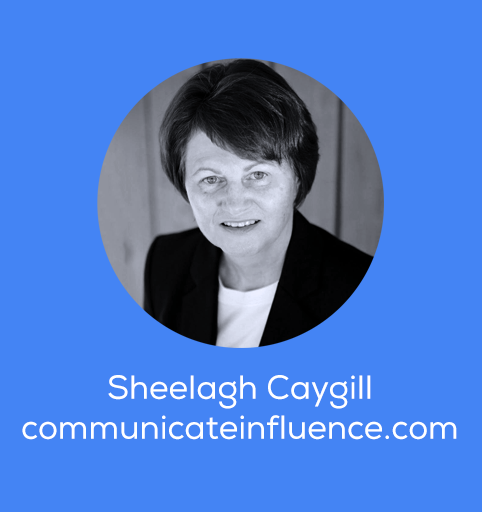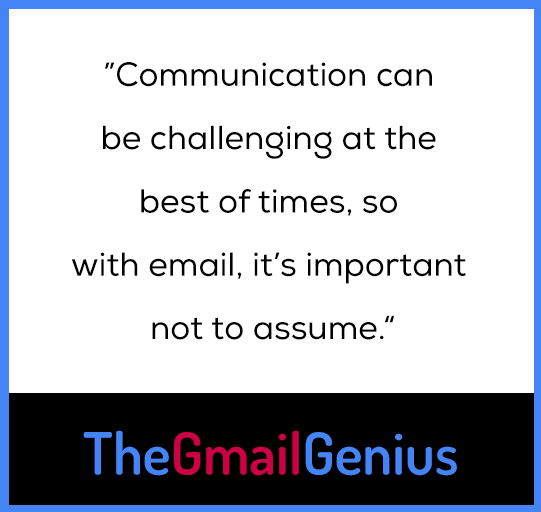How I Email: Sheelagh Caygill, Founder, Communicate Influence
Email is a non-negotiable part of everyday life. For some, it’s an unruly time suck, but enlightened email users have systems to ensure they’re not a slave to the inbox. We’re asking smart thinkers to give us a peek inside their inboxes, share tips, ideas, gripes, and everything in between.
Sheelagh Caygill, a journalist, writer, and poet, is the founder of Communicate Influence, which offers insights and strategies at the intersection of communications and marketing. Leveraging her experience in these areas, she shares some quick tips for writing better emails.
 Please share your daily email routine.
Please share your daily email routine.
I’ve recently launched a podcast that is a side-project outside of my full-time position as a content writer. Therefore, I make sure I keep the podcast project – and all activities related to it – separate from my work. So I check my podcast-related emails early in the morning and make sure I get back to people who require confirmation of a podcast interview.
I’ve set my Gmail up into sub-folders and I flag and move emails that are not urgent for timely follow-up. I usually read newsletters at the end of the day. But Podnews is my favorite podcast newsletter and I always read at least a part of that in the morning.
I’ll do a quick check of Gmail at lunchtime and respond if anything is timely, but otherwise it will wait until the evening.
What is your email pet peeve?
I don’t appreciate email conversations that go on for weeks or months. For example, at the moment I’m attempting to schedule an interview with someone who responds about once a week. They want to do the interview, but clearly they’re just too busy.
What are some quick tips the average person can implement to help better express themselves in email communication?
Communication can be challenging at the best of times, so with email it’s important not to assume. If you’re unsure about something, ask for clarification. If you’re requesting something, be clear about what it is and timelines. Finishing with something like “Please get back to me soon” will mean different things to different recipients. It’s wise to give a time and date.
 Modify your email style for the person to whom you’re writing. Yes, be professional. But not everyone likes emojis or thinks that they’re appropriate in professional correspondence. And I know we’ve all heard this, but always consider tone. Be respectful and friendly.
Modify your email style for the person to whom you’re writing. Yes, be professional. But not everyone likes emojis or thinks that they’re appropriate in professional correspondence. And I know we’ve all heard this, but always consider tone. Be respectful and friendly.
If you don’t hear back from someone in a few days — or whatever you deem appropriate — don’t think they have forgotten you or are ignoring you. Emails can and do get lost or misplaced. Follow-up to double-check that the email was received.
Anything else you’d like to add?
We all know how easily things can be misconstrued. If someone has misunderstood something, it’s not a good idea to correct that person via email. If you feel that any part of your emailing with an individual isn’t getting the desired result, pick up the phone or set up a Skype session.